Hazrat Inayat Khan
Recently Posted Memories
- Marie Rubeau on Verena Karima Paripurna Hochheimer
- silke solf on Verena Karima Paripurna Hochheimer
- Rahmana Dziubany on Verena Karima Paripurna Hochheimer
- Heather MacLeod on Shemmaho Daystar Jephi Sioux
- Saki Lee on Mikhail David Horowitz
- Amy Bean on Zakir (Siddiq) Richard Jacobs
- Nizam Ellen Ash on Maria Christina Fernandez
Question or problem?
Write to Khushi Tanveer, Administrator SufiRemembrance@sonic.net
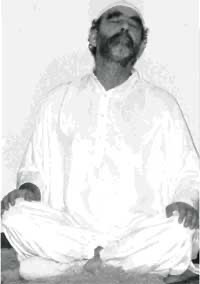
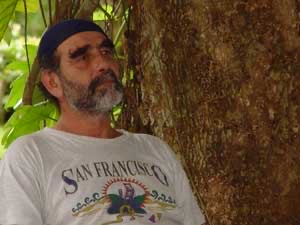

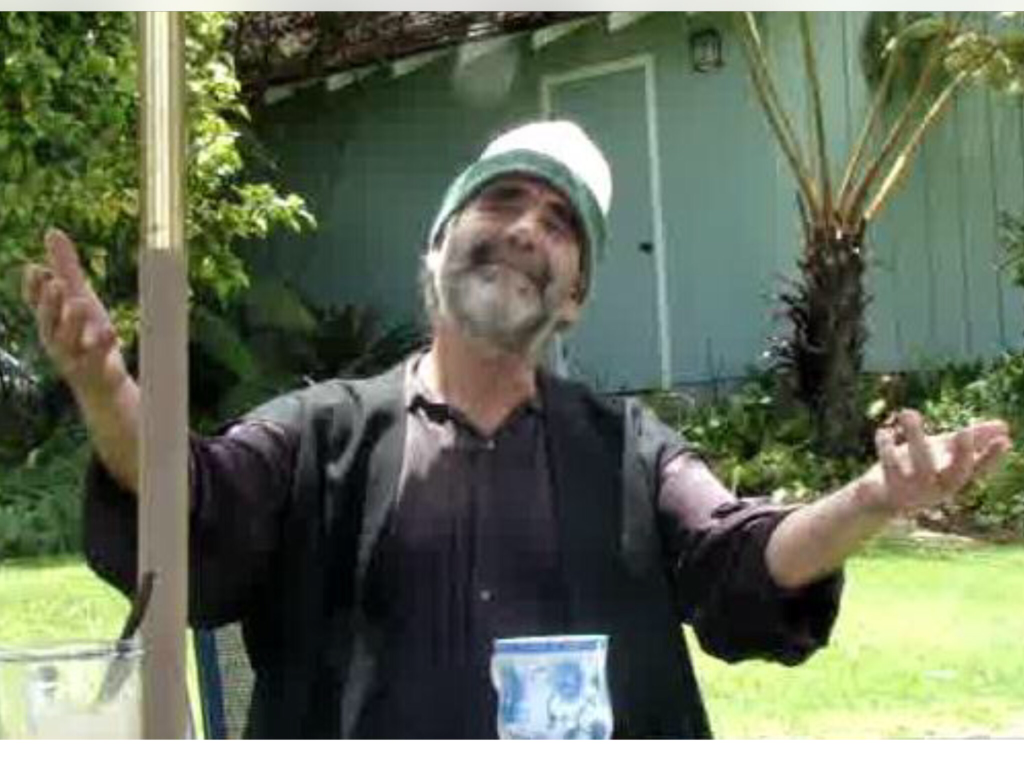
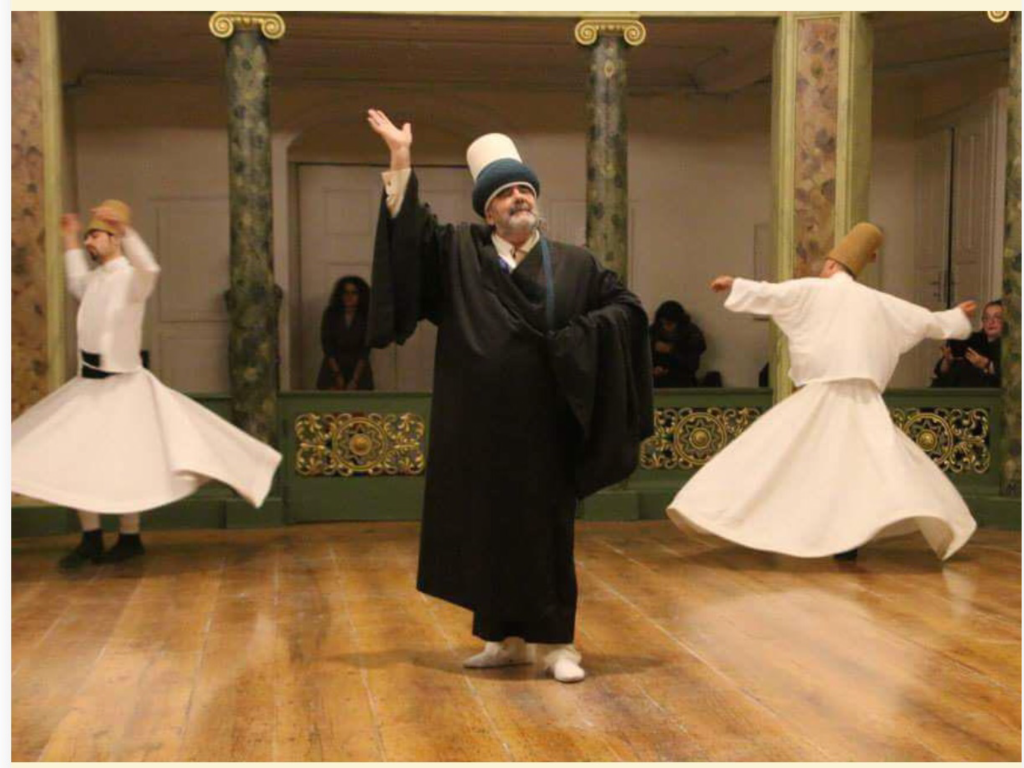
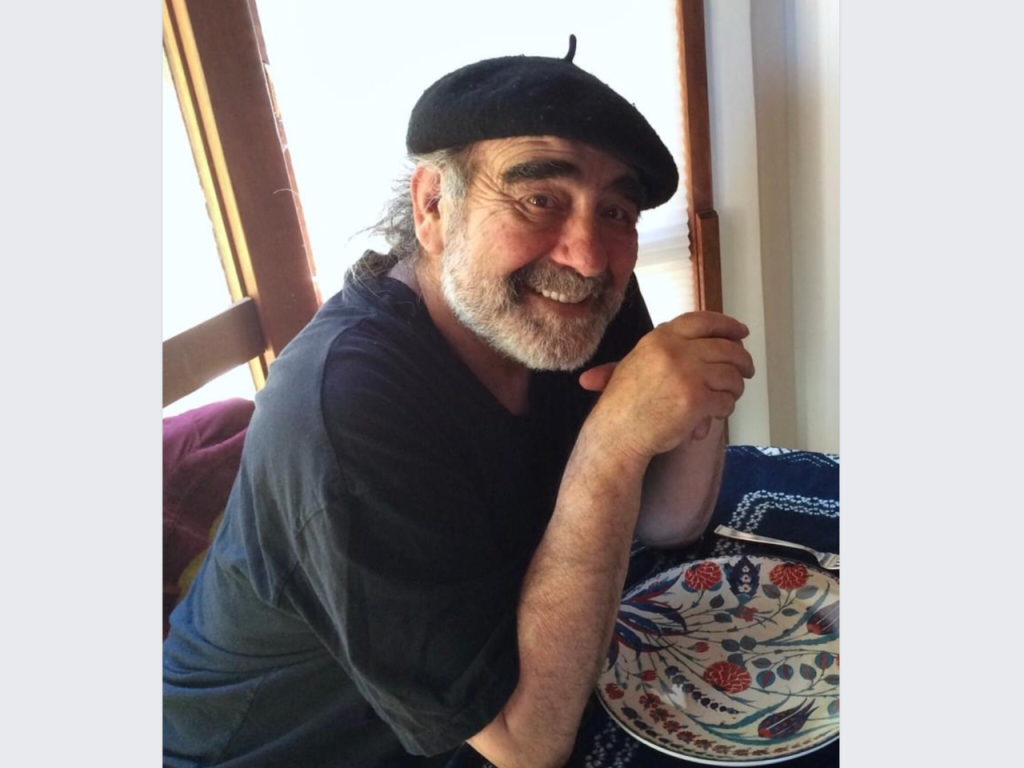
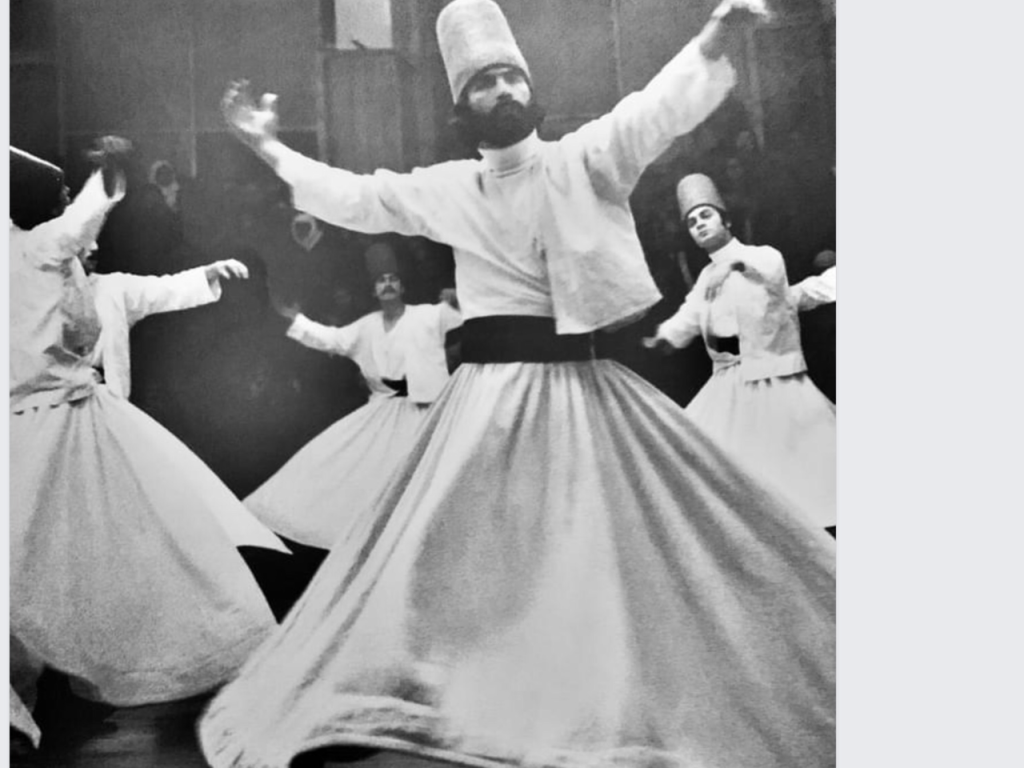
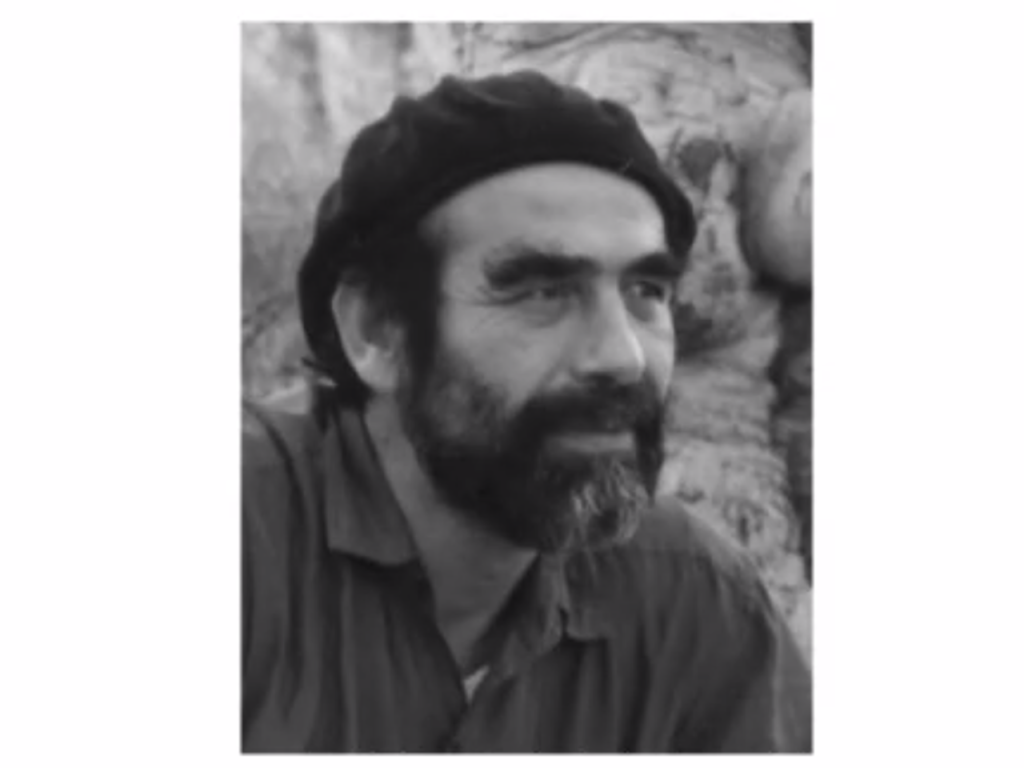
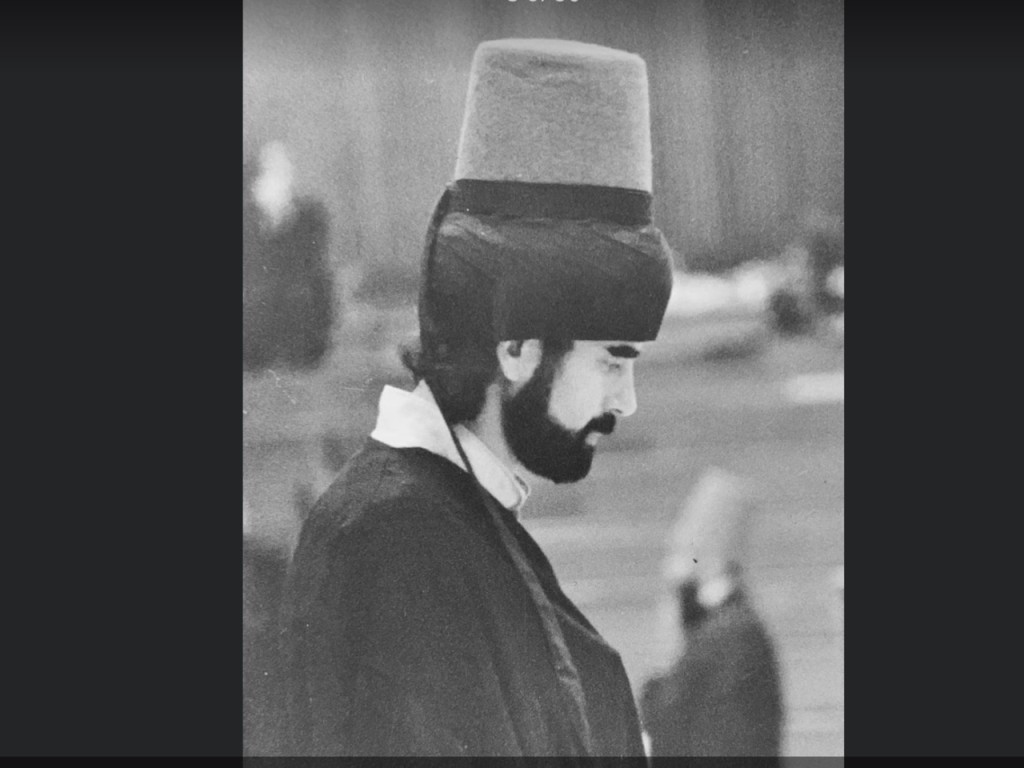
I first met Jelaluddin when he visiting Khankah Sam and Wali Ali invited him to teach during a Saturday night class (we met weekly as a group to study dance, walks, teachings and zikr with Wali Ali). We gathered in a large room in the Mission district, not our usual location, and Jelaluddin began instructing us in a rather complicated zikr, with us standing in multiple circles. As he was demonstrating movements, he would refuse to allow us to turn around to see him so those with our backs to him had no idea which way to turn or move. He got quite frustrated with us! Wali Ali gave him many opportunities to teach, including a shared month long retreat at Lama Foundation. I had just bought a tar from Shabda and brought it with me to the retreat, thinking that over the month, I could practice ‘dums’ and ‘teks’ and brushes and learn how to play it. Jelaluddin saw me with my drum and asked me to play for the zikr he was going to teach us. I explained I didn’t know how to play. He said no matter, he would show me. So, we gathered to do zikr, and I came with my tar in hand. Jelaluddin would wave his hands in the air, tapping on an imaginary drum, displaying for me the rhythm he wanted me to play. A dum here and a tek tek here and so one. All in silence. And I played. When we returned to San Francisco, he asked me to drum at his weekly zikr gathering in San Rafael. I accepted and when I arrived, he approached the group of drummers holding tars in their hands, and said to them firmly, “You, Zikr!” as he pointed to the circle of those ready to do the zikr. I realized later that he wanted me to drum over those more proficient than I because I played exactly what he wanted played. No embellishments. Nothing creative. I only knew how to play those rhythms he had shown me. And so I learned to play the tar for Mevlevi zikr. I am ever grateful. Blessings, Effendi, I am grateful to have studied with you.
Building a little on Zarifah’s post. Not sure if this was the same evening, or different. When Jelaluddin came to visit the khankah, he barely knew any English. Wali Ali invited him to the Monday night dance meeting at the Womens Building in SF. After the break, he gave the floor to Jelaluddin to teach us a dance. Jelaluddin taught us a wonderful dance – Hasbee Rabee (phonetic spelling) – and not knowing English, he could only demonstrate. I recall clearly that he became frustrated with us and himself. But – he perservered, because it is a glorious dance! At a certain point in the dance, there is a wonderful foot stomp which grounds the whole dance, which otherwise sweeps one away in ecstacy. At the end of the dance, either because he was done teaching as much as he could, or because this is actually how this circle dance ends… the circle breaks up into partners, free form, waltzing all over the place.
On another note, he wanted to teach the turn. The very first class may have been in the Mentorgarden meeting room. My husband Zahir was asked to make a board with a peg in the middle, nice and smooth, so Jelaluddin could demonstrate the technique of the footwork. I remember Z worked diligently to present him with that board (necessary because the meeting room floor is carpet) – but as we had a new baby we didn’t attend. So I don’t know if the board was even used. A new place had to be found with a smooth, bare floor. Part of good memories is recalling the effect of the person on those around. I loved seeing Zahir drop everything when called to simple acts of service.
The memory of Jelalludin is a blessing for which we are grateful.
Dear brother, you taught me what it was to be a dervish. You had both your frailties and your exaltations and I saw it all. At Sami Mahal I remember you talking down a person who was high on God only knew what by being real and loving toward him. I remember our times when Khadija and I worked to help form a really juicy Seattle turn circle and the subsequent formal permission you gave us to teach. Later when it was clear our path was elsewhere you asked for it back. When I handed it to you, I said “given with love, and returned with love.” All of the many meetings after were always with mutual love and deep respect. At the 1994 sema at Rumi’s tomb when Khadija and I were semazenbashis she looked at you sitting post and saw Mevlana. May your spirit ever be bright.